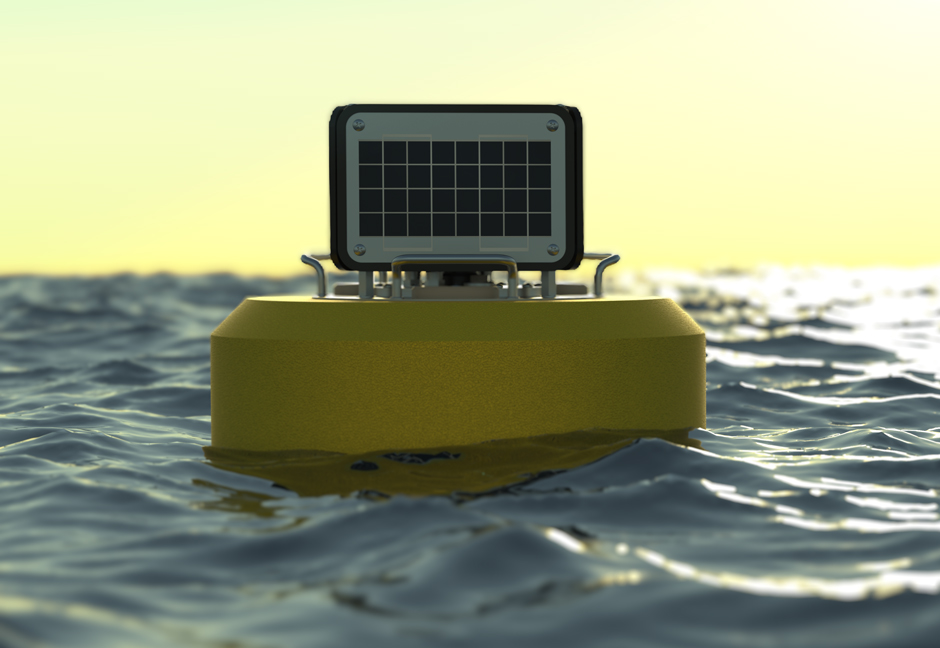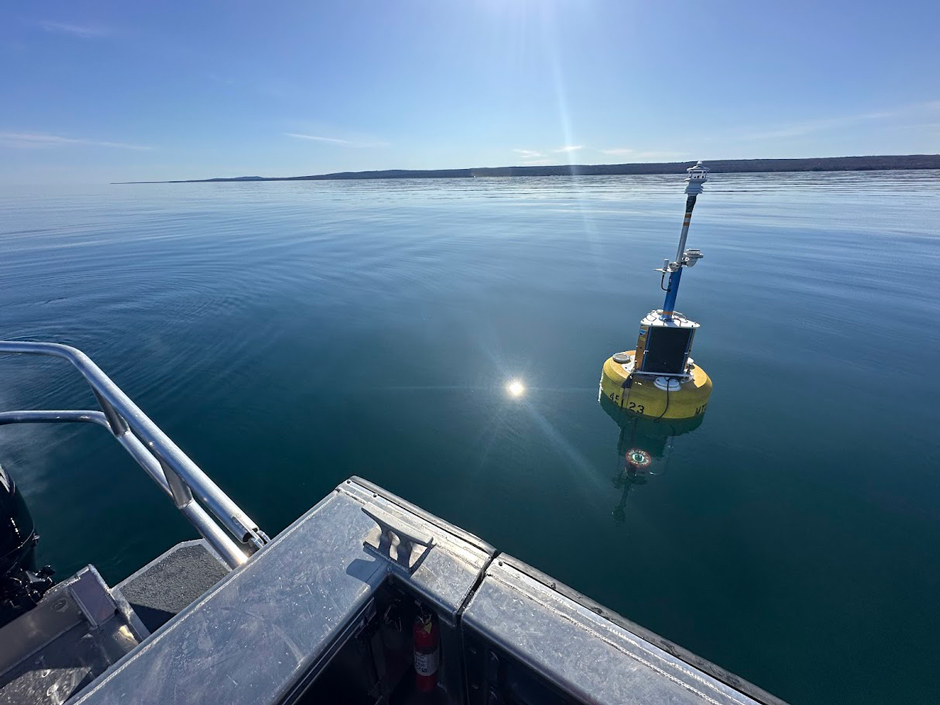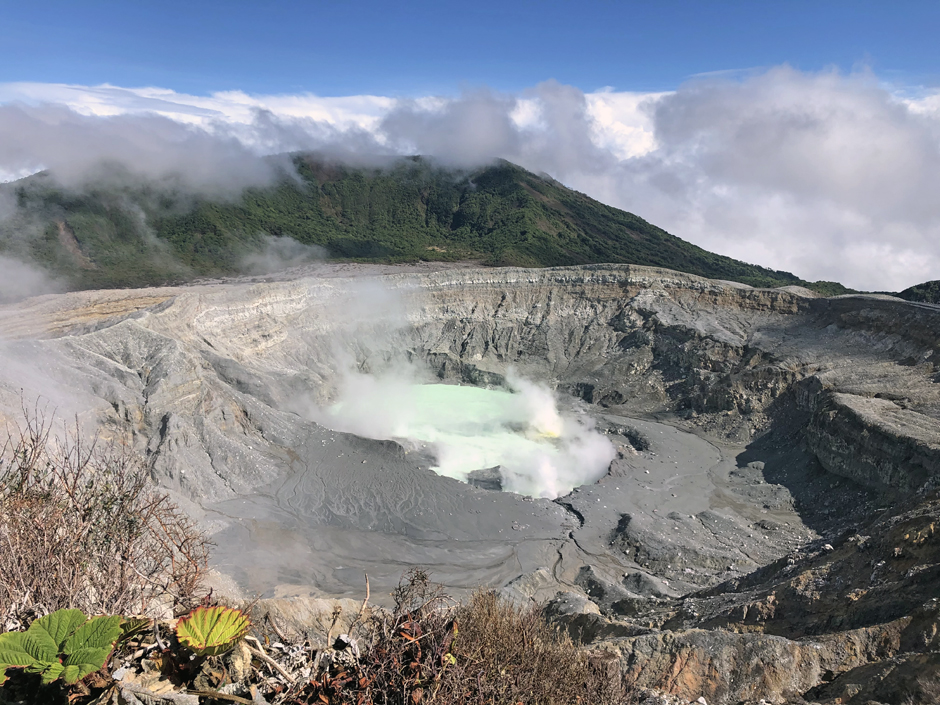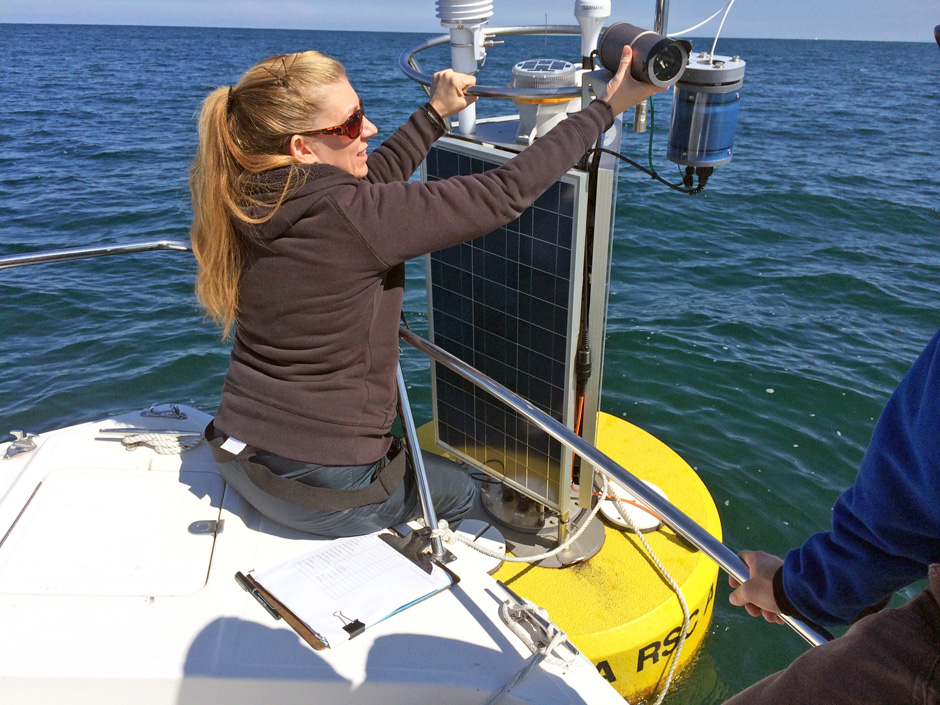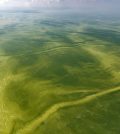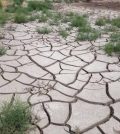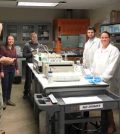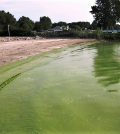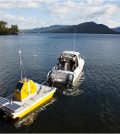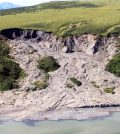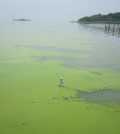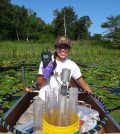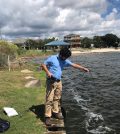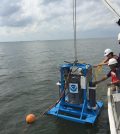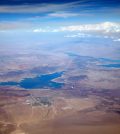Posts for tag "Lakes & Reservoirs"
Wave Sensors Integration with NexSens Buoys: A Cutting-Edge Solution for Wave Measurment
Real-time wave data supports accurate weather prediction, safe and efficient maritime operations, and provides valuable safety and operating condition information for recreation and commercial fishing. Understanding wave dynamics also helps with the design of protective coastal structures...
- Posted May 12, 2025
Great Lakes Research Center: Designing Targeted Monitoring Solutions
According to the National Oceanic and Atmospheric Administration (NOAA), the Great Lakes have more miles of coastline than the contiguous Atlantic and Pacific coasts combined and contain 20 percent of the world’s freshwater, making it a critical...
- Posted March 17, 2025
Poás Volcano Gives a Glimpse of Life on Mars
Poás Volcano is similar to Mars in its chemical reactions and its harsh environment. Researchers are studying Poás to see what Martian life might be like.
- Posted April 4, 2022
Buoy Camera Research: Key for Regional Science Consortium
Lake Erie buoy camera data has turned out to be critical for researchers and the public alike. Camera images help give a more complete picture of waves.
- Posted March 28, 2022
Inside the Struggle to Designate Lake Erie’s Water Impaired
Debates over designation of Lake Erie’s open waters as impaired have finally resulted in a designation from Ohio, but will this mean no more algal blooms?
- Posted May 24, 2018
Mapping Trends in Open Surface Water Bodies in the US
Mapped trends in open surface water bodies in the contiguous US show that with climate change, dry regions will get drier, wet regions will get wetter.
- Posted May 16, 2018
Laboratory Focuses on Bloomington Lake
Illinois State University’s Laboratory of Environmental Analysis provides testing for agencies studying Bloomington and Evergreen Lakes
- Posted May 15, 2018
Tweeting Ospreys: The Bay of Quinte Remedial Action Plan at Work
A remedial action plan for the Bay of Quinte has citizen scientists Tweeting data about the location of osprey nests to protect the species and ecosystem.
- Posted April 25, 2018
Close Study of Lake Toxins With New Techniques Reveals Good News
A closer look at cyanotoxins in a North Carolina lake reveals safe levels for users, and a baseline for researchers moving forward.
- Posted April 9, 2018
Smart Lake, Healthy Ecosystem: The Jefferson Project at Lake George
The Jefferson Project at Lake George is now 95% complete, and has already yielded fascinating results; this smart lake is a model for other lake systems.
- Posted April 3, 2018
As Arctic Permafrost Thaws, Northernmost Lakes Brown
Recent findings show that thawing permafrost is causing browning in Arctic and subarctic freshwaters, with serious consequences locally and globally.
- Posted March 20, 2018
US Steel Dumping Chromium: Citizens Fighting for Lake Michigan, and Drinkable Water
Surfers and other beach users in Indiana are pursuing a lawsuit, hoping to make US Steel follow the regulations for chromium dumping in Lake Michigan.
- Posted March 16, 2018
Sturgeon Stakeout and Other Management Challenges Around Lake Winnebago
As a sturgeon biologist makes spearing season go smoothly, local biologists protect water quality and recreational use around Lake Winnebago in Wisconsin.
- Posted March 9, 2018
City Officials Fight Taste, Odor Issues in Drinking Water—and Win
Maryville, Missouri officials along with state officials have successfully dealt with an algal bloom affecting drinking water caused by a very warm winter.
- Posted March 8, 2018
Scientists Use Wild Rice as Miner’s Canary in Minnesota Waterways
A team has unraveled the mystery of why wild rice won’t grow in water with high levels of sulfate—and the other consequences of sulfate in waterways.
- Posted March 1, 2018
Bringing the Complex Picture of Mercury Pollution in the Great Lakes into Focus
Researchers have begun to unpack the sources and levels of mercury pollution in the Great Lakes—as well as determine what can be done about it.
- Posted February 28, 2018
Citizen Scientists Helping Protect Water Quality and Measure Impact of Climate Change
Citizen science matters: these two Michigan projects illustrate the importance of citizen science in the realm of water quality and climate change research.
- Posted February 14, 2018
Lake Pontchartrain Basin Foundation Keeps Lake Clean
Louisiana nonprofit organization monitors water quality on Lake Pontchartrain.
- Posted January 11, 2018
Lake Erie HAB Monitoring Network Matures to Protect Drinking Water
With a new grant, an ad-hoc monitoring network that sprang up after the Toledo water crisis is maturing into the premier Lake Erie observatory.
- Posted November 30, 2017
Monitoring Water Quality In Lake Mead In A Time Of Drought
Scientists are using early warning data to protect the public health and balance competing interests surrounding the Colorado River and Lake Mead.
- Posted November 7, 2017


